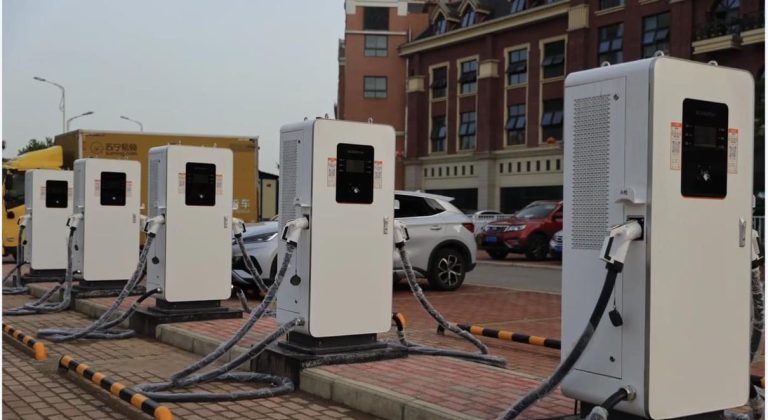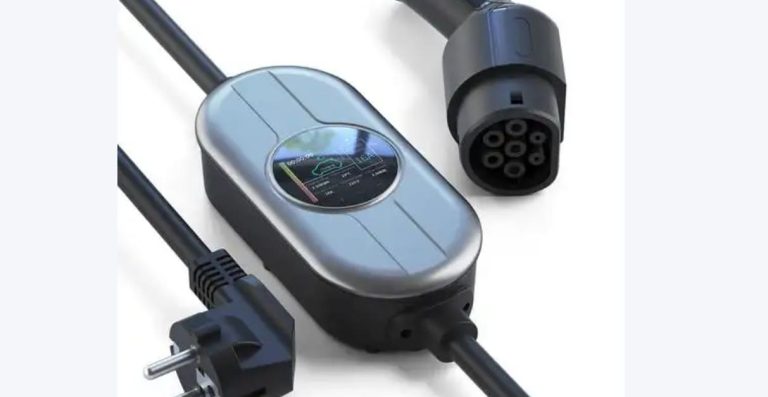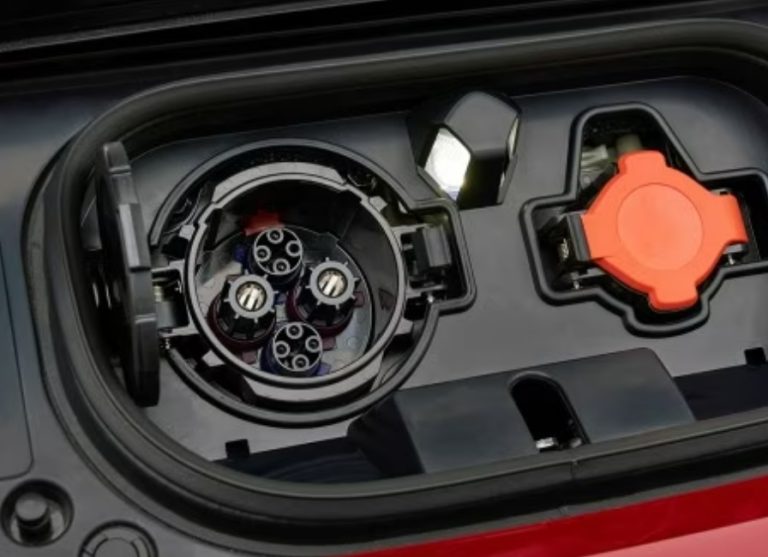Do evs lose charge when parked?
Do evs lose charge when parked?
Yes, electric vehicles (EVs) do lose charge when parked, primarily due to several key factors: battery self-discharge, the operation of cooling systems, and the continuous functioning of various electronic systems.

One of the primary causes of EVs losing charge over time, even when not in use, is battery self-discharge. This happens as a result of the batteries’ intrinsic chemical characteristics. Regardless of whether the vehicle is moving or not, chemical reactions inside an EV battery continue to occur gradually. Self-discharge is the term used to describe the gradual loss of charge caused by this natural process. The kind of battery and its level of charge determine how quickly it self-discharges. For example, the self-discharge rate of lithium-ion batteries, which are commonly found in contemporary EVs, is normally between 1% and 3% per month. In contrast, older battery technologies like lead-acid or nickel-metal hydride batteries tend to self-discharge at a faster rate. This means that if an EV is left parked for a month with a fully charged battery, it could lose a noticeable amount of charge simply due to self-discharge.
The functioning of the thermal management system, especially the cooling system, is another important factor causing charge loss in parked EVs. In order to keep the battery and other vital parts within an ideal temperature range, EVs are outfitted with complex systems. Sometimes, especially in severe weather, these systems may kick in even when the car is parked to keep the battery from overheating or getting too cold. To make sure the battery doesn’t go over safe temperature limits, for instance, the cooling system may activate on a hot day.Similarly, in very cold weather, the system might work to keep the battery warm enough to avoid damage. This ongoing temperature regulation consumes energy, leading to a gradual drain on the battery.
When an EV is not in use, a number of its electronic systems, including the cooling system, continue to consume electricity. These systems come with security features like anti-theft devices and alarm systems that never turn off to keep the car safe. A steady power source is also necessary for the operation of other features like GPS navigation, remote monitoring, and smart connectivity services. For example, a lot of EVs come with smartphone apps that let owners check the car’s location, status, or battery level from a distance. These functions depend on the car’s communication systems, which must remain operational.While the energy consumption of each individual system may be relatively small, their combined draw can contribute to a gradual loss of charge over time.
Environmental factors also play a crucial role in the rate of charge loss. Temperature, in particular, has a significant impact. In cold weather, battery efficiency decreases, and self-discharge rates may increase. Low temperatures can also cause the battery’s available capacity to drop temporarily, making the charge loss more noticeable. In hot weather, high temperatures can accelerate the rate of chemical reactions within the battery, potentially leading to faster self-discharge. Moreover, extreme temperatures may cause the thermal management system to work more frequently, further increasing energy consumption. Humidity and ventilation can also have minor effects, as poor ventilation or damp conditions might impact the electrical systems, though these are generally not the primary causes of charge loss.
Additionally, some EV features and operations may result in higher energy usage while the car is parked. Some models, for instance, come equipped with a security feature called “Sentry Mode” that uses cameras and sensors to keep an eye on the area around the car. This improves security, but it uses a lot of electricity. If they are turned on while the car is parked, other features like cabin pre-conditioning, which lets the interior be warmed or cooled before driving, may also use electricity. Similarly, if left on, features like Wi-Fi hotspots, infotainment systems, and seat heaters can contribute to energy waste.
The amount of charge loss during parking can vary significantly depending on the brand and model of the EV. Different manufacturers use varying battery technologies, management systems, and electrical designs, all of which influence how much energy is consumed when the vehicle is idle. For instance, some brands may optimize their systems to minimize standby power consumption, while others might prioritize functionality and connectivity, leading to higher energy use. Real-world examples show that certain models may lose around 5% to 10% of their charge over two weeks, while others could experience a more significant drop, such as 20% or more under similar conditions.
To reduce charge loss when an EV is parked for extended periods, there are several practical steps owners can take. One of the most effective methods is to enable a power-saving or sleep mode if the vehicle supports it. Many EVs have a feature that reduces energy consumption by shutting down non-essential systems when the battery level falls below a certain threshold, typically around 5%. Additionally, turning off unnecessary functions like Sentry Mode, remote connectivity, or cabin pre-conditioning can help conserve energy. It is also advisable to park the vehicle in a cool, dry place, away from direct sunlight or extreme temperatures, to minimize the need for the thermal management system to activate. Finally, maintaining the battery charge at a moderate level, ideally between 50% and 70%, and checking on the vehicle periodically to recharge if needed can help preserve battery health and reduce charge loss.
In conclusion, even though EVs naturally lose some of their charge while parked, owners can better control this occurrence by being aware of the causes and taking preventative action. EV owners can make sure their cars are still usable even after prolonged parking by paying attention to variables like self-discharge, system performance, and environmental circumstances.





































































































































